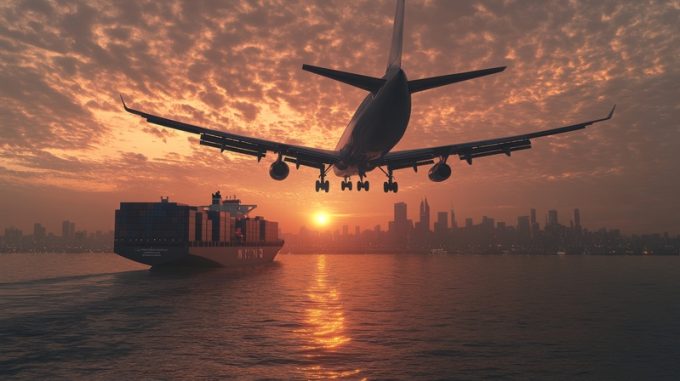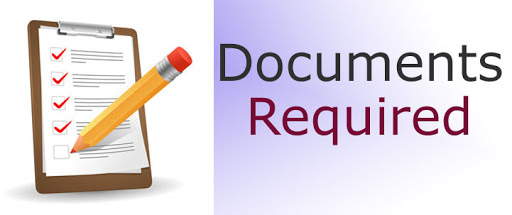- By TOP CHINA FREIGHT
- September 27, 2025
- Air Freight, Shipping
Table of Contents
Air freight rates from China to Australia are a critical consideration for businesses engaged in international trade. With fluctuating fuel prices, seasonal demand, and varying cargo types, understanding shipping costs and transit times is essential for maintaining an efficient supply chain. This comprehensive guide provides detailed insights, comparisons, and actionable strategies to help businesses manage air freight effectively while minimizing costs.

What factors determine air freight rates from China to Australia?
Airlines calculate freight rates based on several key factors, primarily actual weight or volumetric weight, whichever is higher. Other influencing elements include fuel surcharges, security fees, handling charges, and seasonal demand. Additionally, the type of cargo plays a significant role: high-value items, perishable goods, and hazardous materials often incur higher fees due to special handling requirements.
| Factor | Impact on Rates |
|---|---|
| Cargo weight/volume | Heavier or larger shipments cost more |
| Flight type | Direct flights are faster but costlier |
| Seasonal demand | Rates rise during peak manufacturing and holiday periods |
| Cargo type | Perishable or hazardous items add surcharges |
| Fuel & security fees | Fixed airline charges affect overall cost |
Understanding these factors allows businesses to plan shipments effectively and avoid unexpected costs.
How much do air freight rates from China to Australia cost?

Air freight is the fastest shipping method, ideal for businesses with time-sensitive deliveries. Sea freight from China to Australia may take 25–40 days, while rail is not a direct option but may take 15–25 days for connected routes. Air freight is particularly advantageous for high-value goods, perishable items, and products that require just-in-time inventory management.
| Shipping Method | Cost per KG | Transit Time | Ideal For |
|---|---|---|---|
| Air Freight | $4 – $9 | 3 – 8 days | Electronics, perishable goods |
| Sea Freight | $0.5 – $3 | 25 – 40 days | Bulk or low-value shipments |
| Rail Freight | $2 – $5 | 15 – 25 days | Mid-value or non-urgent goods |
Air freight ensures reliability, reduces damage risk, and supports supply chain efficiency.
What documentation is required for air freight to Australia?

Proper documentation is essential for smooth customs clearance. Required documents include:
| Document | Purpose |
|---|---|
| Commercial Invoice | Declares the value of the goods |
| Packing List | Details cargo contents and packaging |
| Airway Bill | Contract of carriage between shipper and airline |
| Import License (if needed) | For restricted goods |
| Certificate of Origin | Confirms country of origin for customs |
| Customs Declaration | Required for import clearance |
Accuracy in documentation prevents delays, fines, or shipment rejection.
How long does air freight from China to Australia take?
Transit times vary by city of origin and destination. Direct flights from major hubs such as Shanghai, Shenzhen, and Guangzhou typically take 3–8 days. Indirect routes may extend delivery time due to additional layovers or customs processing.
| Origin City | Destination Australia | Transit Time |
|---|---|---|
| Shanghai | Sydney | 4 – 6 days |
| Guangzhou | Melbourne | 5 – 7 days |
| Shenzhen | Brisbane | 3 – 5 days |
| Beijing | Perth | 5 – 8 days |
Planning ahead ensures predictable delivery schedules and prevents supply chain disruptions.
What are the pros and cons of air freight?
Air freight is fast, reliable, and suitable for urgent or high-value shipments. However, it is more expensive than sea or rail freight. Businesses must weigh urgency against cost.
| Pros | Cons |
|---|---|
| Fastest shipping method | Higher cost per kg |
| High reliability | Limited cargo capacity |
| Ideal for perishable goods | Environmental impact |
| Global reach | Restrictions on hazardous cargo |
Choosing the right shipping method depends on cargo type, delivery urgency, and budget.
How can businesses reduce air freight costs from China to Australia?
Strategies to optimize costs include shipment consolidation, advance booking, and maximizing packaging efficiency to reduce volumetric weight. Selecting indirect routes can slightly lower costs but increases transit time. Working with experienced freight forwarders provides access to discounted rates and ensures proper customs handling.
Tips for cost reduction:
- Consolidate shipments to reduce per-kg charges.
- Avoid peak-season shipments to minimize surcharges.
- Optimize packaging to reduce volumetric weight.
- Use hybrid solutions, combining air and sea freight when feasible.
Strategic planning significantly reduces logistics expenses while maintaining timely delivery.
Case Study: Optimizing air freight for an Australian importer

An Australian electronics retailer needed to import high-demand gadgets from Shenzhen during the holiday season. Express courier services were expensive, while sea freight was too slow. By consolidating shipments and working with a freight forwarder, the retailer reduced per-kg rates from $8.50 to $5.90, with delivery completed in five days. This demonstrates how efficient planning and partnerships can optimize costs without compromising speed.
Should businesses hire a freight forwarder for air shipments?
Freight forwarders manage bookings, documentation, customs clearance, and delivery, offering access to negotiated rates and insurance options. Small and medium-sized enterprises particularly benefit from outsourcing logistics, ensuring compliance with Australian import regulations while reducing operational burdens.
Conclusion
Air freight rates from China to Australia are influenced by cargo type, weight, route, season, and service level. While higher than sea or rail freight, air transport offers speed, reliability, and reduced risk of damage or delay, making it ideal for urgent or high-value shipments. Partnering with freight forwarders, consolidating shipments, and strategic planning can optimize costs and ensure smooth supply chain operations.
Need a Shipping Quote?
If you want expert guidance and peace of mind, our team is ready to assist.
TJ China Freight offers tailored solutions to help businesses of all sizes ship more reliably from China.

FAQ
Q1:What affects air freight rates from China to Australia?
Rates depend on cargo weight, volume, type, route, season, and airline surcharges.
Q2:Can hazardous materials be shipped by air?
Yes, with special handling and proper documentation according to airline regulations.
Q3:How long does standard air freight take to Australia?
Transit usually takes 3–8 days depending on origin, destination, and customs clearance.
Q4:Are customs duties included in air freight costs?
No, import duties and taxes are separate and must be paid by the importer.
Q5:Is cargo insurance recommended?
Yes, to protect against potential damage or loss during transport.
